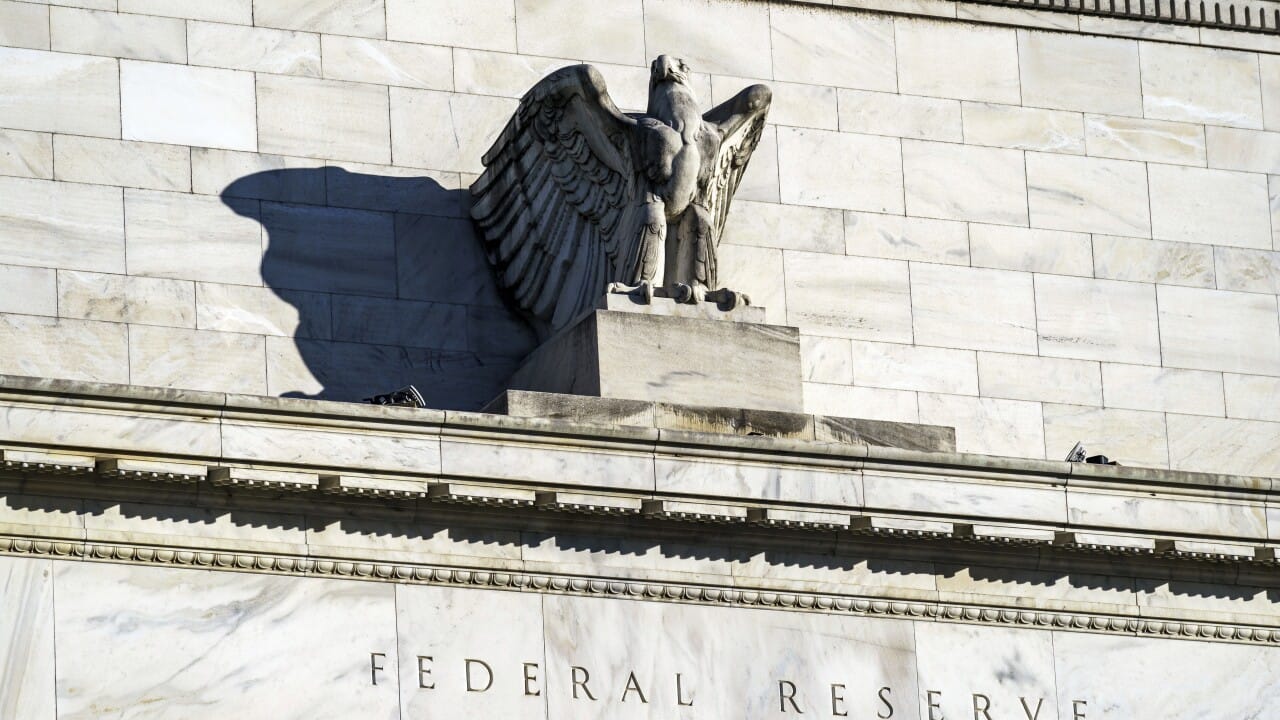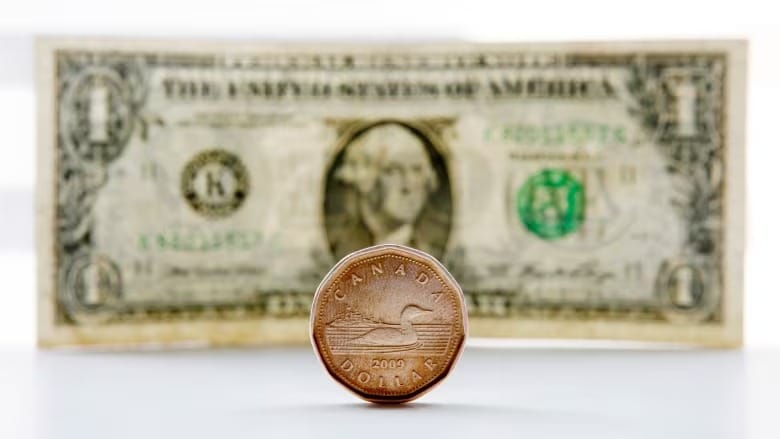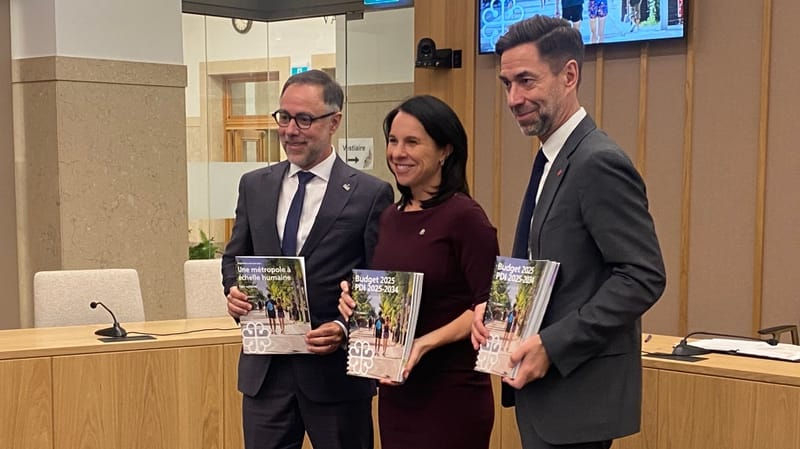U.S. economy grew at a solid 2.8% pace last quarter on strength of consumer spending
The U.S. economy grew at a healthy 2.8% annual rate from July through September, with consumers helping drive growth despite the weight of still-high interest rates.

U.S. Economy Grows at 2.8% Amid High Interest Rates, Strong Consumer Spending
WASHINGTON (AP) — The U.S. economy expanded at an annual rate of 2.8% from July through September, driven largely by consumer spending, despite the drag of elevated interest rates.
According to Wednesday’s report from the Commerce Department, gross domestic product (GDP) — the total value of goods and services produced — slowed slightly from 3% growth in the second quarter. However, the numbers highlight the economy's resilience as Americans evaluate economic conditions in the lead-up to the presidential election.
Consumer spending, which makes up about 70% of U.S. economic activity, picked up to a 3.7% annual pace last quarter, improving from 2.8% in the previous quarter. Exports also boosted growth, rising at an 8.9% rate.
Conversely, business investment weakened, largely due to a decline in housing investments and nonresidential construction, such as offices and warehouses. However, spending on equipment saw a notable increase.
Inflation Moderates Further
The report brought positive news on inflation. The Federal Reserve’s preferred inflation gauge — the personal consumption expenditures (PCE) index — rose at a modest 1.5% annual rate, down from 2.5% in the second quarter, marking the lowest level in over four years. Core PCE, which excludes food and energy prices, came in at 2.2%, a drop from 2.8% in the previous quarter.
This GDP estimate is the first of three that will be released for the third quarter. Despite the Federal Reserve's sharp interest rate hikes in 2022 and 2023 to combat inflation, the economy has maintained growth. Predictions of a recession have not materialized, with businesses continuing to hire and consumers sustaining spending. Inflation has also cooled enough for the Fed to begin cutting rates.
“The report sends a clear message that the economy is doing well, and inflation is moderating — good news for the Federal Reserve,” said Ryan Sweet, chief U.S. economist at Oxford Economics.
Economic Strength and Consumer Confidence
A key measure of the economy’s underlying strength, which excludes volatile elements such as exports, inventories, and government spending, rose at an annual rate of 3.2%, up from 2.7% in the second quarter.
Additional indicators suggest that the economy remains stable. On Tuesday, the Conference Board reported a sharp rise in its consumer confidence index — the largest monthly gain since March 2021. The percentage of consumers expecting a recession in the next year fell to its lowest level since the question was first asked in July 2022.
Job Market Slows, Impacting October Hiring
While the economy continues to grow, the labor market has cooled. Data released Tuesday showed job openings in September dropped to their lowest level since January 2021. Employers have added an average of 200,000 jobs per month in 2023, a healthy pace but down from the higher averages of 604,000 in 2021 and 377,000 in 2022, as the economy recovered from the pandemic.
The Labor Department is expected to report on Friday that 120,000 jobs were added in October. However, the figure will likely reflect disruptions from Hurricanes Helene and Milton, as well as a strike at Boeing, which temporarily removed thousands from payrolls.
Inflation Remains a Political Issue
Despite cooling inflation, prices remain well above pre-pandemic levels, frustrating many Americans and posing challenges for Vice President Kamala Harris in her campaign against former President Donald Trump. Economists have largely criticized Trump’s economic proposals, warning they could worsen inflation, unlike those of Harris.
At its latest meeting last month, the Fed reduced its key interest rate by half a percentage point — the largest cut in over four years — responding to both easing inflation and the labor market's slowdown. The Fed is expected to announce another rate cut of a quarter point next week.
The central bank has also signaled that it anticipates cutting rates again in its remaining two meetings this year, with additional reductions planned for 2025 and 2026. These cuts are expected to gradually lower borrowing costs for consumers and businesses.





